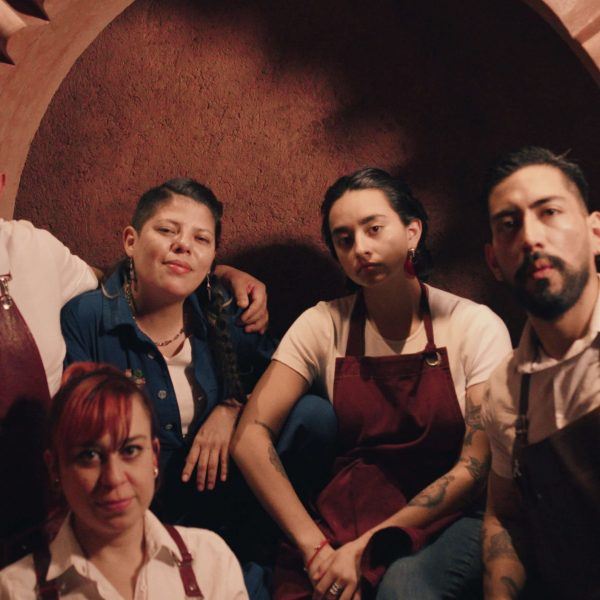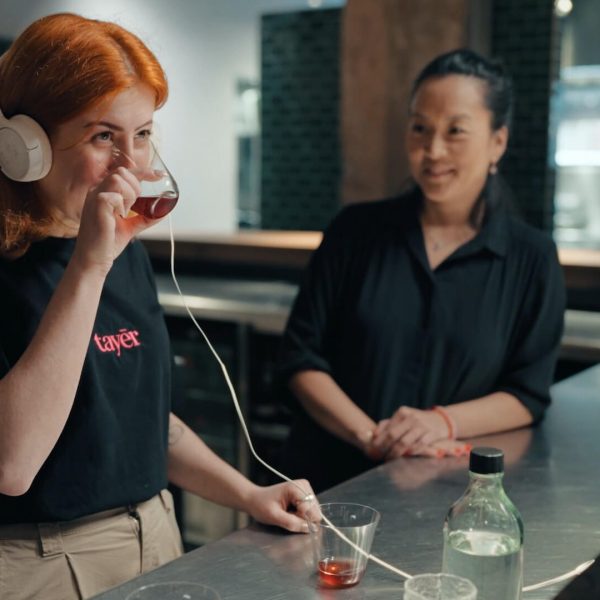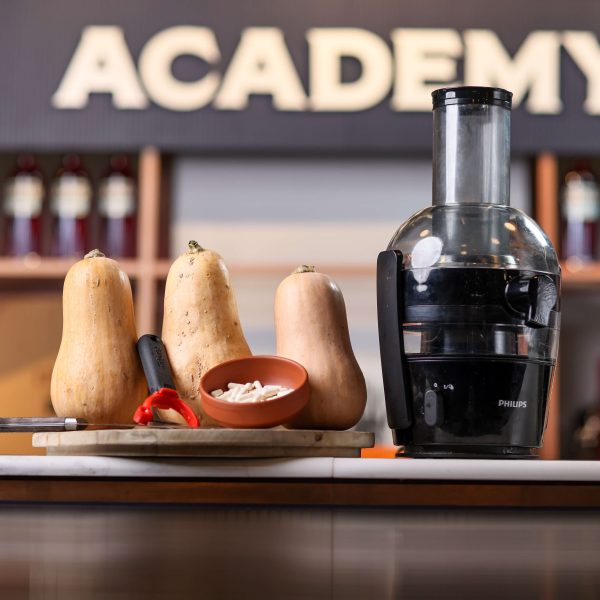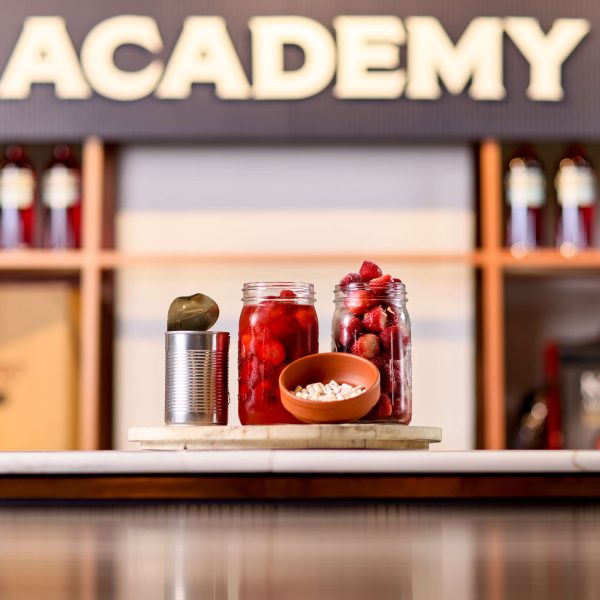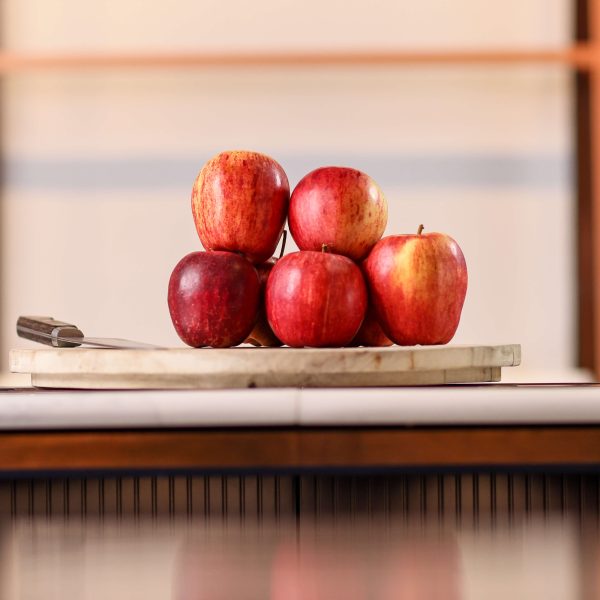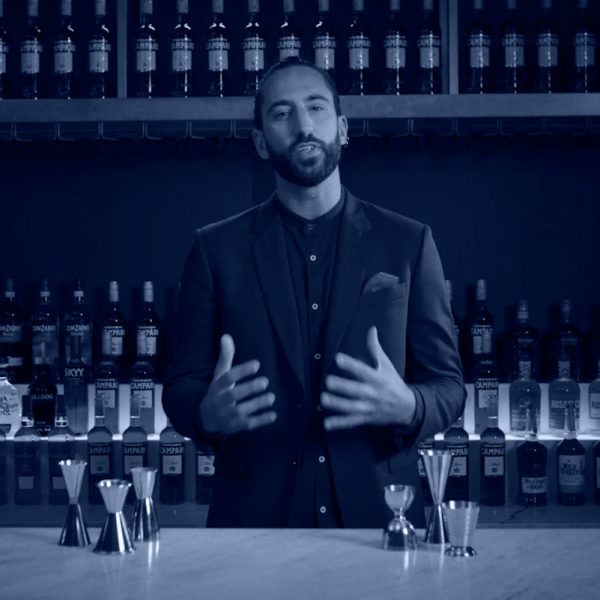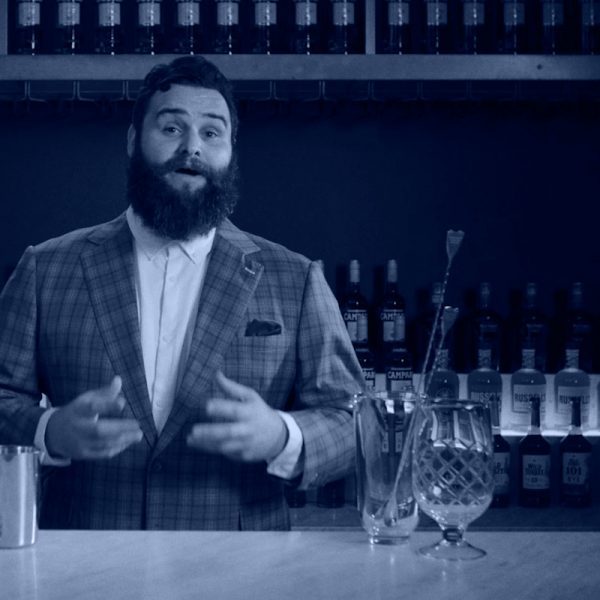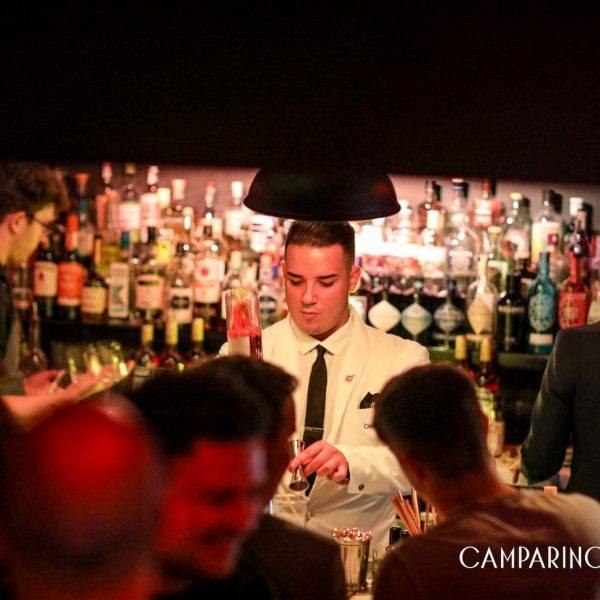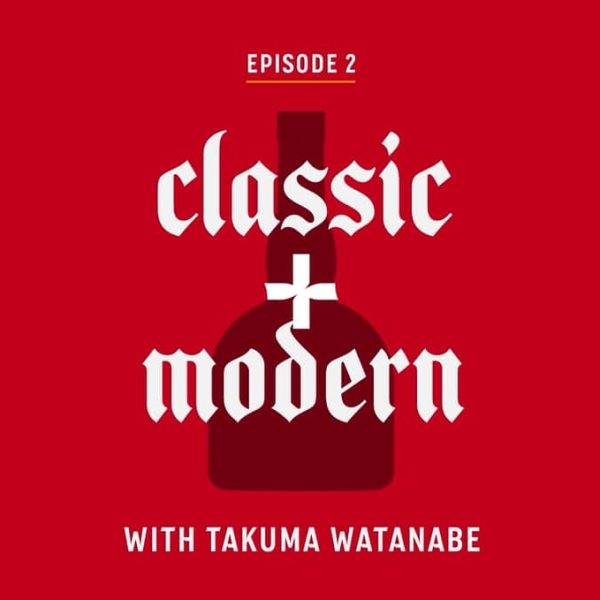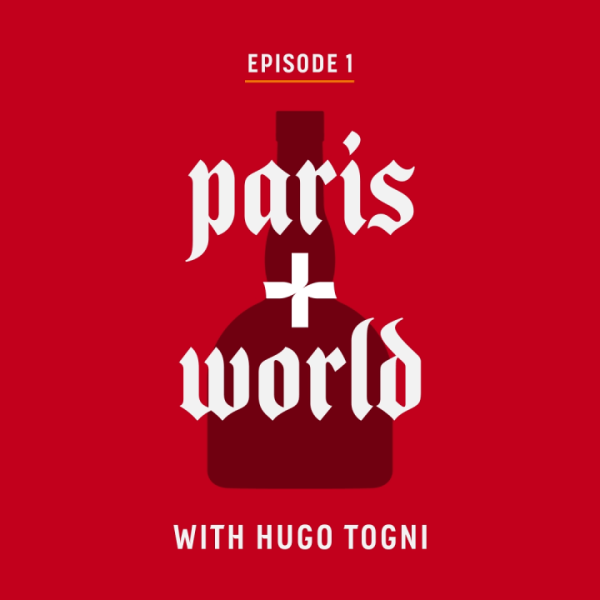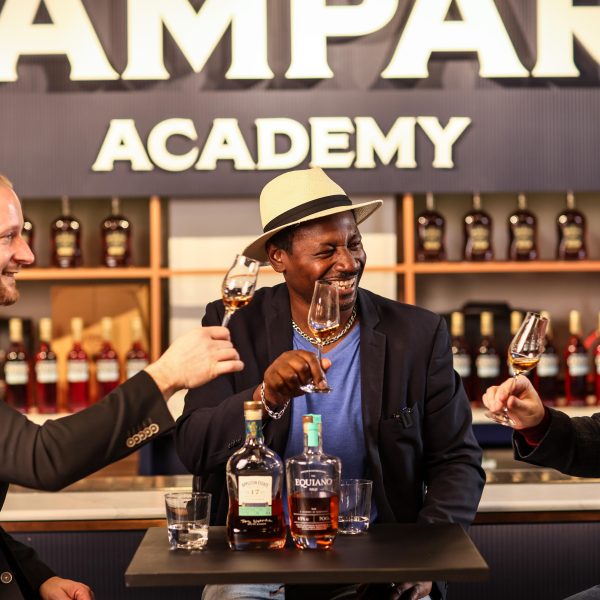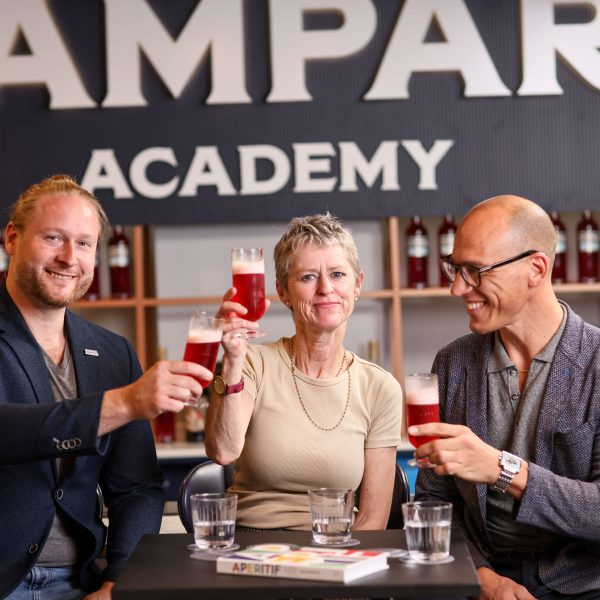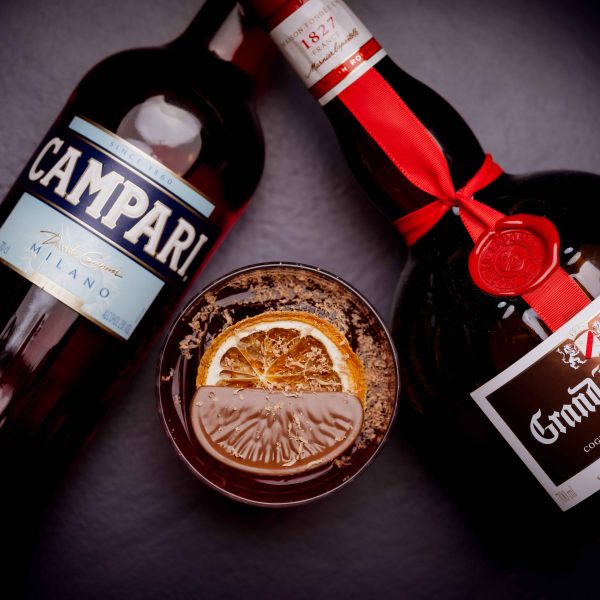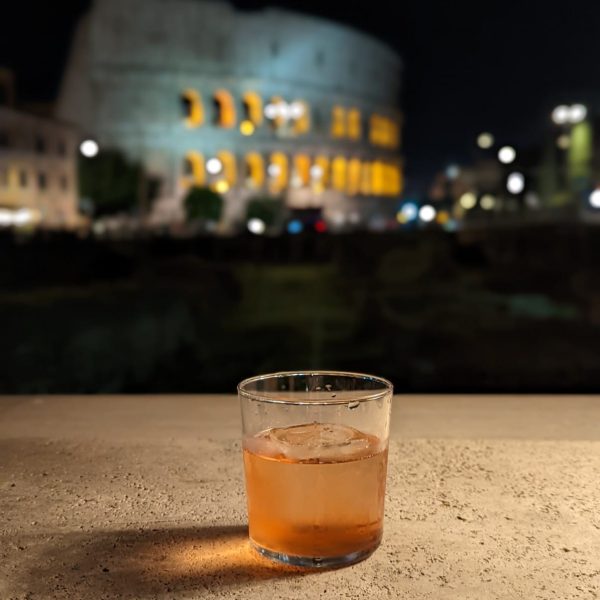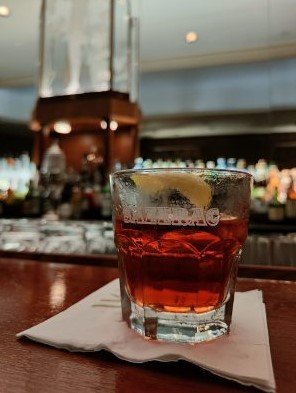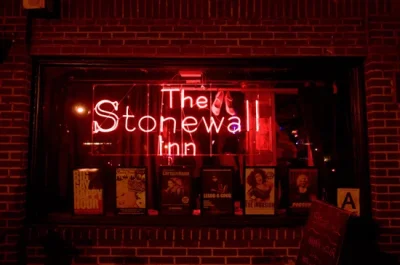The Timeless Story of the Negroni
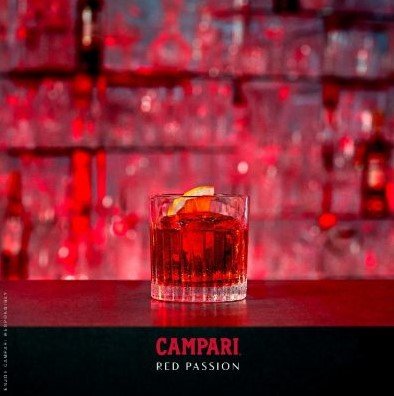
Anyone, anywhere across the bar world has tried a Negroni at least once in their lives. Whether part of the laid back atmosphere of some mellow pre-dinner gathering, or ordered as a robust yet embracing nightcap, the Italian liquid icon can be considered a pillar of the modern mixology wave. Easily recognizable with its hypnotic red appearance and sharp sip, the Negroni’s legendary journey from the Belpaese to the rest of the world is a tale of old classy times, modern research and eternal flavour.
The story of this now ubiquitous cocktail, crowned as The World’s Best Selling Classic Cocktail of 2022 by Drinks International, is well known, but it’s always a great feeling to dive back into the glorious beginning of the Twentieth Century. A young and rebellious descendant from a Florentine noble family, Count Camillo Negroni, had returned to Italy after a few years of adventures and thrilling escapades overseas. He had ridden as a cowboy through the North American grasslands, hustled as a gambler on the road across the United Kingdom and, of course, had his fair share of bottoms up, being a more than respectable barfly. In 1919, Count Camillo, in his native Florence’s Bar Casoni , asked his good bartender friend, Fosco Scarselli, to strengthen his Americano. To do so, he requested him to add a splash of gin in place of soda water to the Campari and vermouth concoction, which he had learned to appreciate in London, one of his favourite cities.
Scarselli silently nodded and did as asked, thus forever changing the local (and subsequently the world’s) aperitivo habits. Simple, intense, timeless, the new recipe took Florence high society by storm, becoming even more recognizable with Scarselli’s final touch of an orange slice delicately resting in the glass. Fosco used this to differentiate the drink from Americano, which shares the same colour, and this sail-shaped, citrusy addition was the ultimate signature on the iconic Negroni appearance.
Very little time went by before patrons would ask for a drink à la Negroni, then shortened to the surname only, to identify the new, revolutionary mix. Fifty years later or so, brilliantly withstanding the test of time, the Negroni managed to overcome a dark pocket of its existence, when cocktails were considered to be something to drink exclusively for the purpose of getting drunk, with taste or enjoyment of the cocktail culture completely disregarded. Instead, it became a must-try of the golden clubbing era: perfectly playing its part in the glamorous and roaring scene of the Seventies, it was on the menus of venues (Studio 54 above others) and witnessed the explosion of club culture all over the world.
Technology, education and fresh pairs of eyes went on to finally put the drink in the spotlight. The re-discovery of original products such as Italian vermouth (originating in n Turin in the 1700s), led by talented and courageous bartenders in the early 2000s, coupled with the extensive research carried out by drinks historians and writers (books and essays such The Negroni: Drinking to La Dolce Vita, with Recipes & Lore from Gary “gaz” Regan ,) allowed the bar industry to finally free classic cocktails from the cobwebs of time, and bring the correct measures and flavours back to light.
Becoming a cult recipe for bartenders all over the world, the Negroni is synonymous with high quality drinks and some of the world’s greatest bars, pushing bartenders to find their perfect balance of the classic recipe, or the ultimate innovative twist. Drinks like Rosita, that the aforementioned Regan adapted from a 1978 book (with reposado tequila instead of gin, and the addition of dry vermouth and bitters), experiments like Jeffrey Morgenthaler’s 2010 barrel aged Negroni, and the non stop quest for the best White Negroni are all proof of the cocktail’s eternal allure on the drinking scene.
Together with the Negroni’s surge back to popularity came renewed attention from bartenders dedicated to the entire “Negroni category”, which demonstrates the versatility of the Count’s cocktail’s structure. Boulevardier (trademarked by Campari alongside Americano and Negroni of course) presents bourbon instead of gin; it becomes an Old Pal with rye whiskey, a Cardinale with dry vermouth instead of the sweet one (it originally saw Riesling wine in it, created in a Rome hotel by Giovanni Raimondo in the 1950s). Or the fortunate accidentat Bar Basso in Milan that led Mirko Stocchetto to substitute gin for Prosecco which gave birth to Negroni Sbagliato in 1972. The new enthusiasm about the Negroni made drinks enthusiasts and professionals appreciate a number of other concoctions.
The Negroni is also the protagonist of a remarkable initiative which is celebrating its tenth anniversary this year this year tallying its tenth edition: Negroni Week, launched by Imbibe Magazine in 2013. Over the course of a decade, this global celebration of the Italian staple grew beyond expectations, reaching out to thousands of venues worldwide and raising over three million dollars for charity associations. For its tenth anniversary, Negroni Week, taking place September 12th-18th, will join forces with Campari Group and Imbibe Magazine for one global, non-profit partner, Slow Food, an advocate for sustainability, equity, inclusivity which strives for better livelihoods and healthier community. Its global footprint is communicated through its manifesto of good, clean, and fair for all, and it aims to positively impact the many sectors of education, environment, biodiversity and culture. Negroni Week, with the help of the venues involved, will be a key part of this mission. Raise your tumblers to the never ending charm and values of Negroni.
Carlo Carnevale





